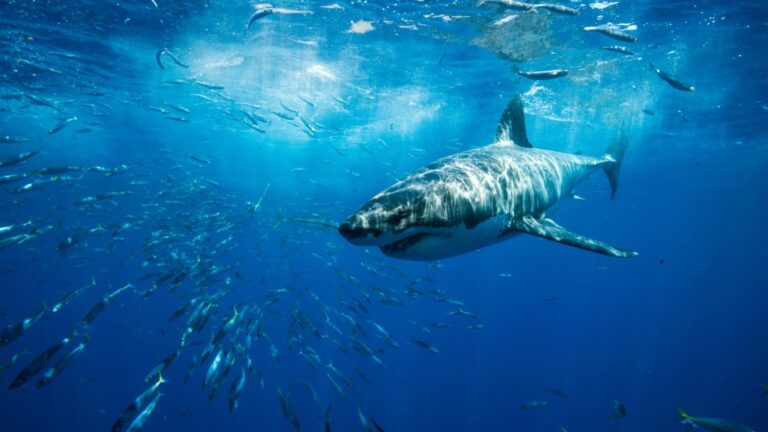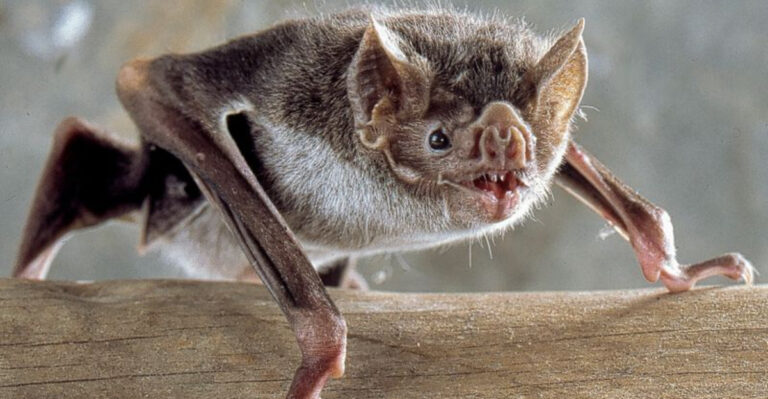This Mysterious Fleshy Blob Could Be One Of Earth’s First Animals
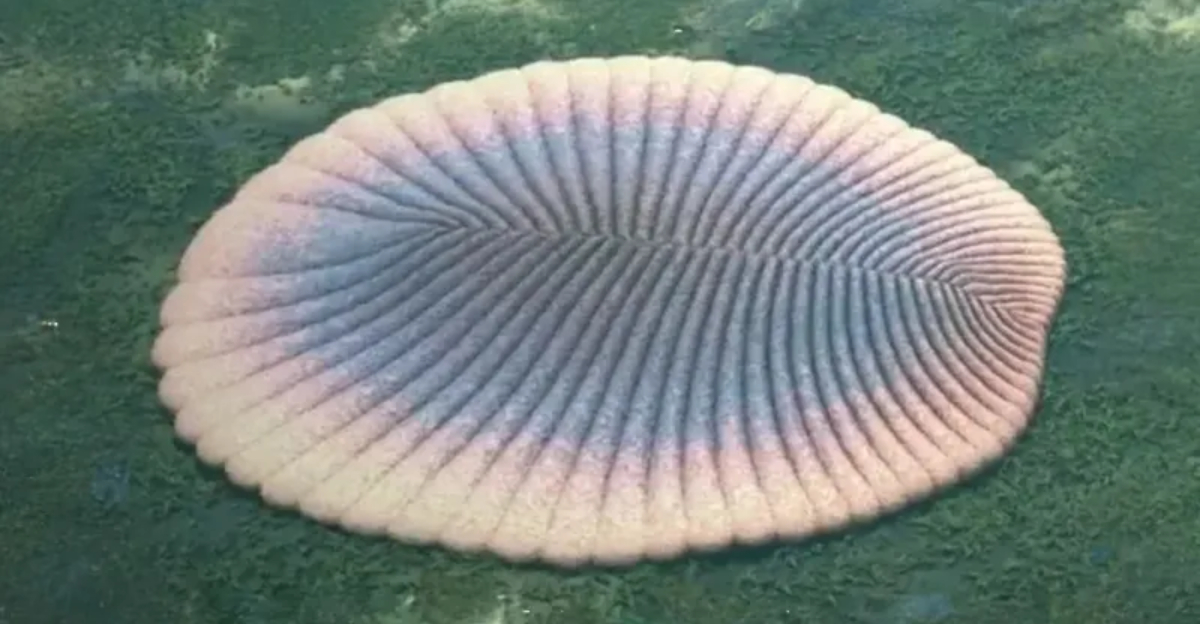
Over half a billion years ago, our planet was home to strange creatures unlike anything alive today. Among these ancient organisms, scientists have discovered Quaestio simpsonorum, a bizarre fleshy blob that might represent one of Earth’s earliest animals.
This peculiar fossil, with its question-mark shape and unique features, offers a rare glimpse into the dawn of animal life and how complex organisms first evolved on our planet.
1. A Glimpse Into Earth’s Early Life
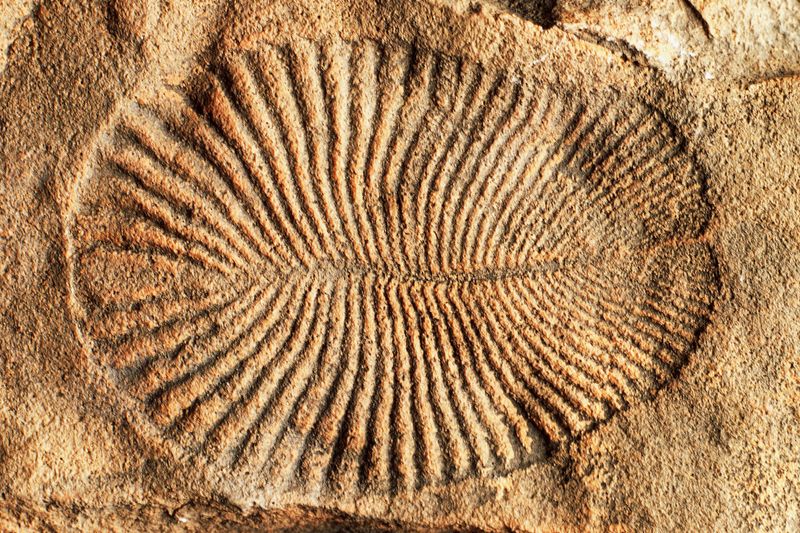
Life on our planet took a dramatic turn about 575 million years ago. Before this time, mostly single-celled organisms dominated Earth’s oceans.
The emergence of Quaestio simpsonorum marked a revolutionary moment when more complex creatures began to appear. These early animals helped pave the way for the incredible diversity of life we see today.
2. The Discovery Location
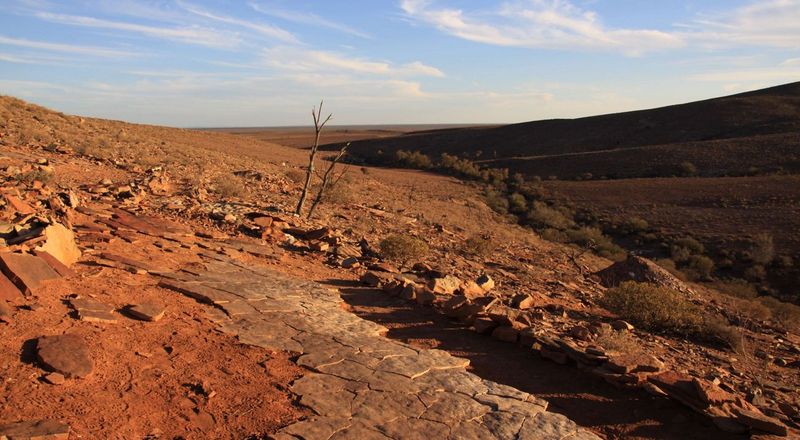
Hidden in the rugged landscape of South Australia’s outback lay an extraordinary secret waiting to be found. Paleontologists uncovered the remains of Quaestio simpsonorum embedded in ancient rock formations.
This region has become famous for preserving fossils from the Ediacaran period, when early animal life first appeared. The harsh desert environment ironically protects these delicate imprints of Earth’s earliest creatures.
3. What Makes Quaestio Unique?
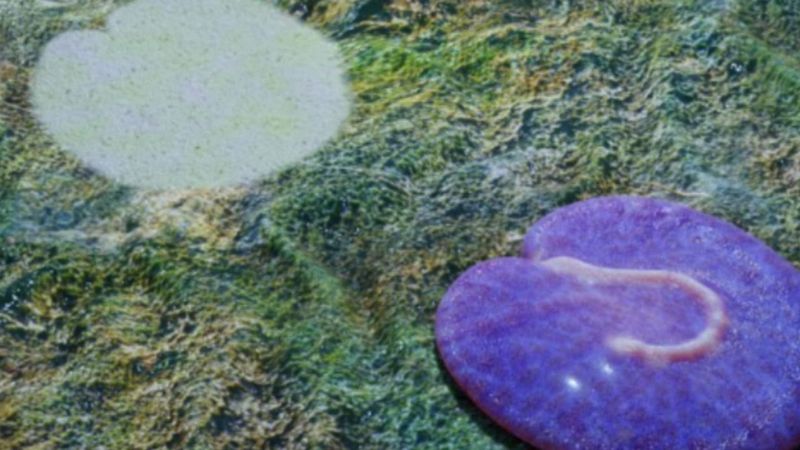
Among all ancient fossils ever discovered, none sport the distinctive posterior feature found on Quaestio simpsonorum. Its question-mark-shaped rear end stands out as completely unusual in the fossil record.
Scientists were initially puzzled by this anatomical quirk. The strange indentation serves as a key identifier for this species and hints at possible biological functions that remain mysterious to researchers today.
4. Named For Its Shape
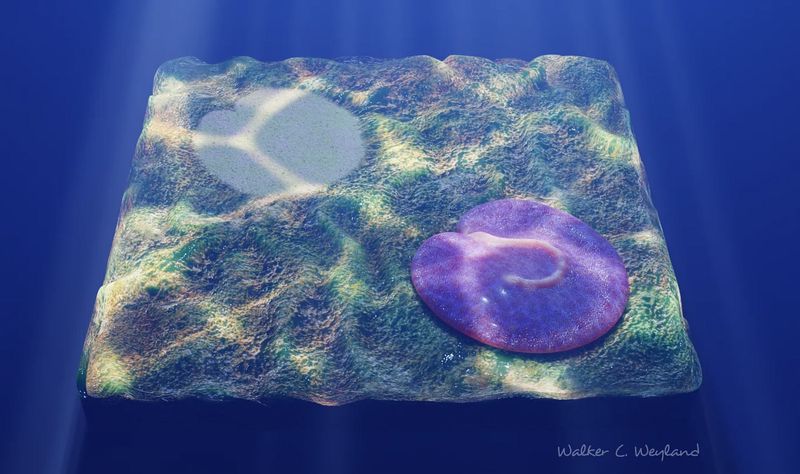
Scientists chose the name “Quaestio” with careful consideration. In Latin, this word means “question” or “inquiry,” perfectly capturing the creature’s puzzling form and the scientific questions it raises.
The species name “simpsonorum” honors the Simpson family who owned the land where it was discovered. This asymmetrical twist in its body represents an evolutionary innovation not seen in simpler organisms of earlier eras.
5. A Collaborative Discovery
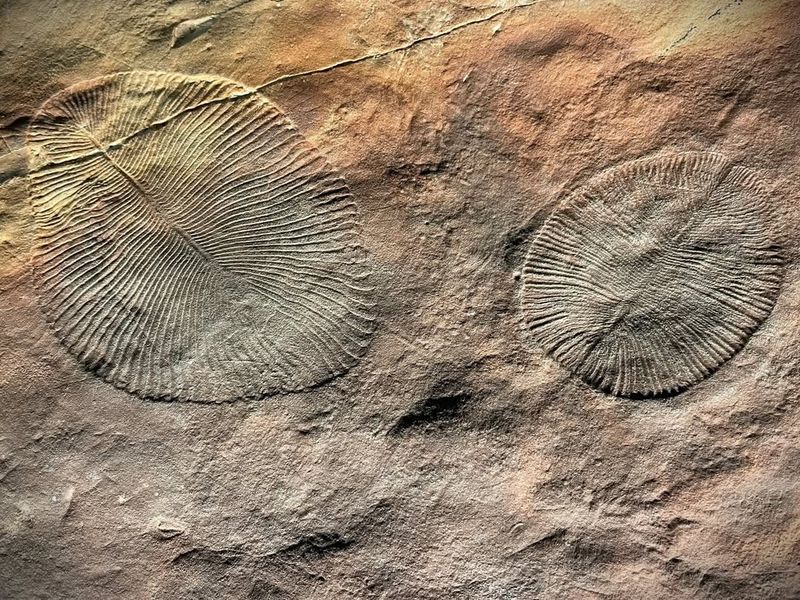
Science often progresses through teamwork, as demonstrated by the discovery of Quaestio. Researchers from American universities joined forces with experts from the South Australian Museum to study these ancient remains.
Their combined expertise in paleontology, geology, and evolutionary biology proved essential. Without this international collaboration, this window into Earth’s past might have remained closed, keeping the secrets of early animal evolution hidden from view.
6. Multi-Cellular Life Revolution
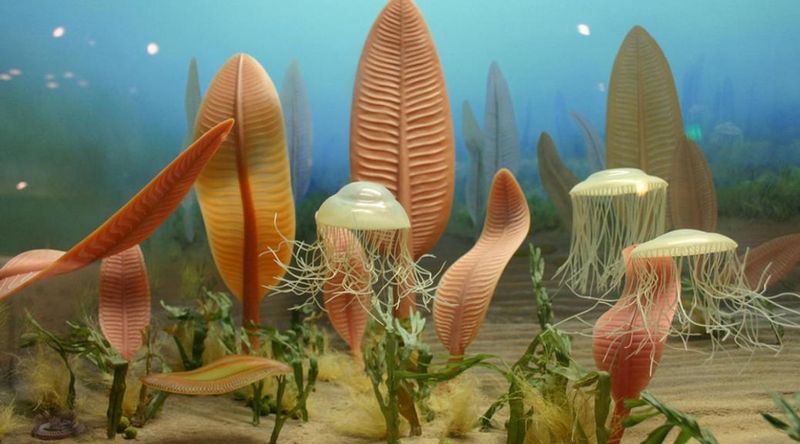
Quaestio represents a pivotal moment in Earth’s history. Unlike the simple single-celled microbes that dominated for billions of years, this creature consisted of multiple specialized cells working together.
This cellular cooperation allowed for more complex body structures and functions. Fossil evidence shows distinct tissues and possibly even primitive organs, suggesting Quaestio had specialized parts performing different tasks—a revolutionary development in the story of life.
7. Early Signs Of Movement
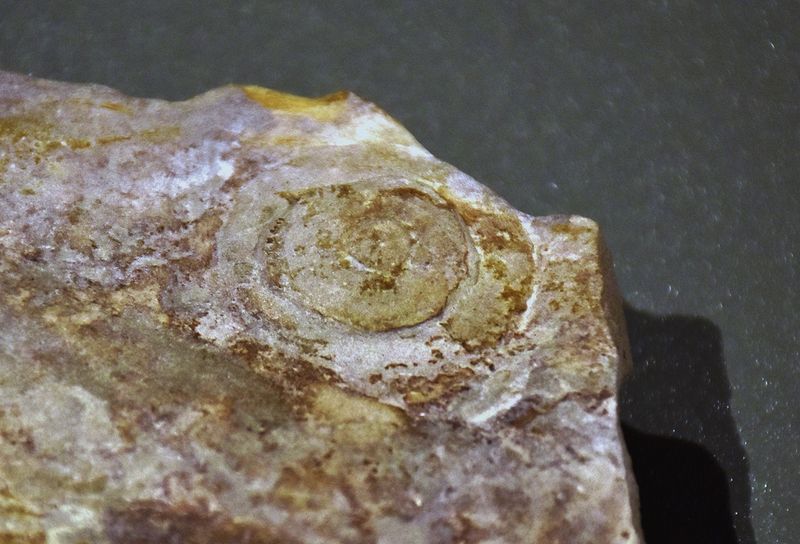
Fossilized trails near Quaestio specimens reveal something remarkable—these creatures could move! Unlike stationary organisms that dominated earlier eras, Quaestio appears to have crawled across the ancient seafloor.
Movement represents a major evolutionary advantage. By changing location, these animals could seek food, avoid dangers, and find mates. This mobility likely played a crucial role in driving the evolution of more complex nervous systems and sensory organs.
8. Bilateral Symmetry Breakthrough

Look in the mirror and you’ll see bilateral symmetry—your left side mirrors your right. Quaestio shows early evidence of this important body plan that most animals have today.
This symmetrical arrangement allowed for more efficient movement and better organization of internal organs. The emergence of bilateral symmetry in creatures like Quaestio marked a crucial stepping stone toward the development of more complex animals, including vertebrates.
9. Asymmetrical Innovation
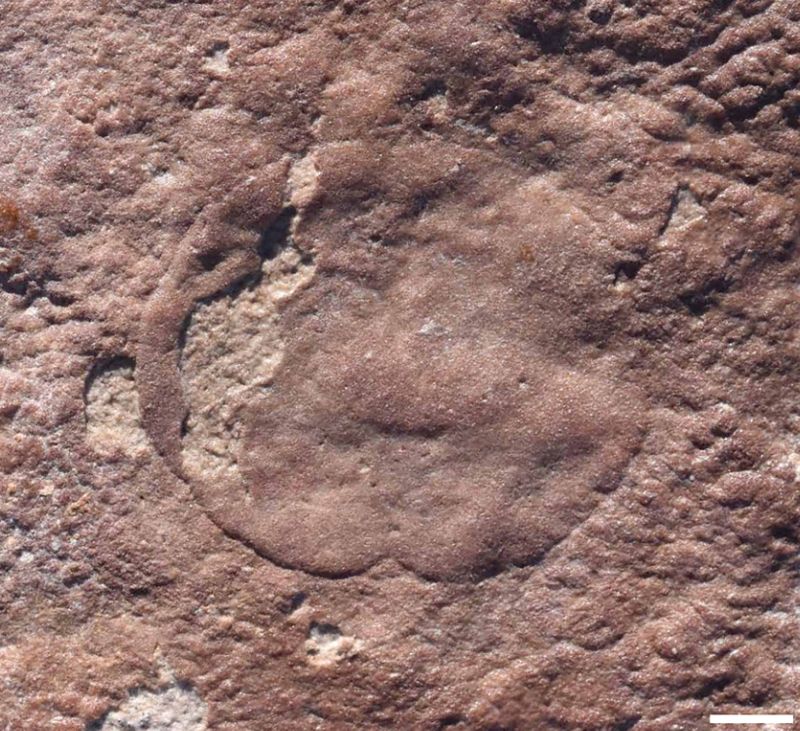
While Quaestio shows bilateral symmetry in its overall body, its question-mark twist represents something revolutionary—controlled asymmetry. This feature might be one of the earliest examples of deliberate developmental asymmetry in animals.
Modern humans display similar asymmetry in our internal organs. Your heart leans left while your liver sits right—a pattern established over half a billion years ago. Quaestio might represent the first experiments with this important biological innovation.
10. Ancient Habitat Revealed
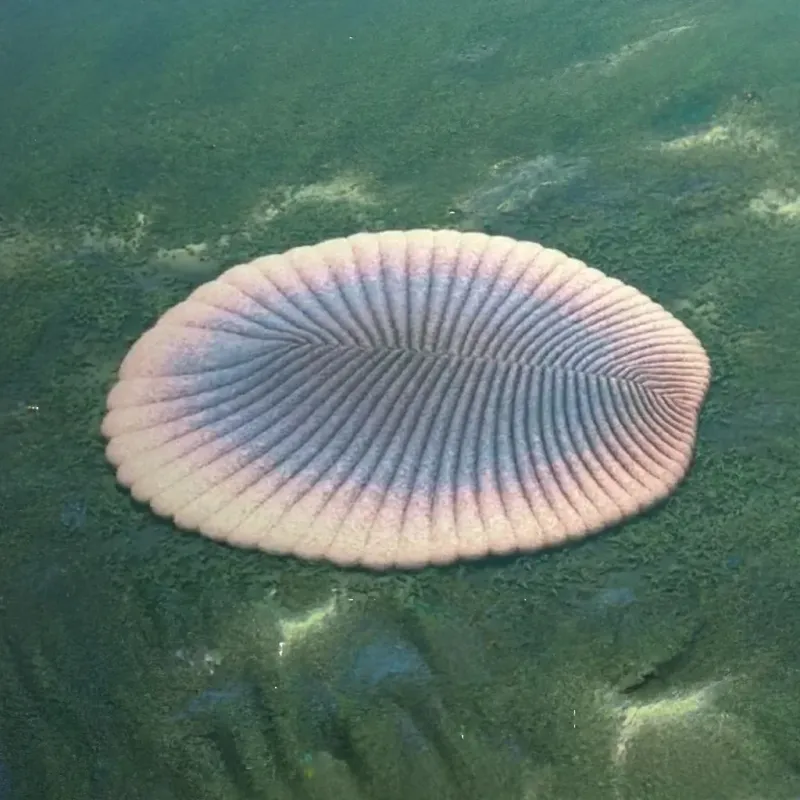
Quaestio didn’t live alone in its primordial world. The fossils were preserved in what were once vast mats of microorganisms—primitive algae and bacteria that carpeted the ancient seafloor.
These microbial mats served as both home and possible food source. The environmental conditions that preserved these delicate creatures were remarkably rare. Only when sediment quickly covered them during storms could their soft bodies leave impressions that would last for eons.
11. A Key To Evolution’s Mysteries
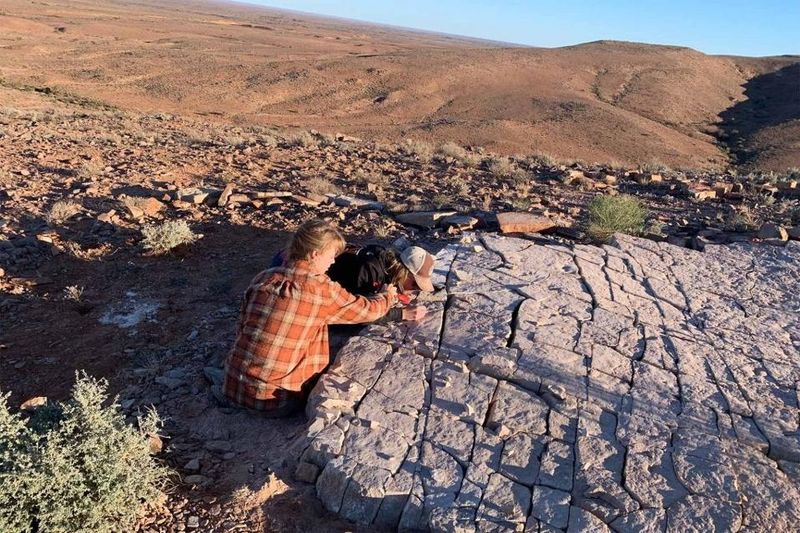
Quaestio serves as a crucial puzzle piece in understanding how complex life evolved. By studying these strange blob-like creatures, scientists gain insights into the transition from simple to complex organisms.
Features we take for granted—like having a front and back end, specialized tissues, and the ability to move—all had to evolve from somewhere. Quaestio and its contemporaries represent the experimental workshop where evolution first tested these revolutionary adaptations.

